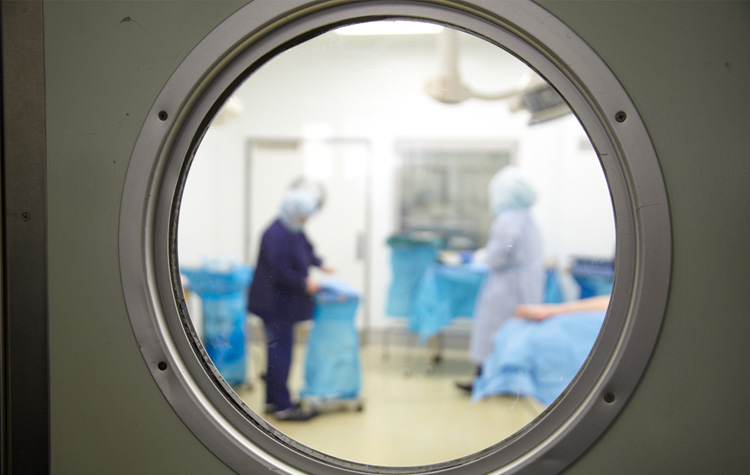
The short answer is, there is no “best”, as both approaches are excellent. We surgeons have personal preferences and some surgeons use just one surgical approach. Personally, I perform both surgical approaches.
Ten years ago, the posterior approach, which is where the surgical incision is made laterally (on the side of the thigh), was one of the most common approaches to hip replacement. It is still probably the most widely used approach, but the anterior approach, where the surgical incision is made from the front of the body, over the hip joint, is very much in vogue and everyone seems to be asking for it.
Here are some of the things I consider when assessing a patient.
The anterior approach is now my routine approach for straightforward primary hip replacements. Stories in the media often promote it as a less painful approach with a faster recovery. I do see slightly less pain and faster discharge from hospital when compared to other surgical approaches in my patients. I think one of the main reasons people ask for this approach is that they’ve heard they will be in a bit less pain and in hospital for a shorter time. I am glad we can make patients more comfortable in this regard. However, in my view, the main benefit of the anterior approach is that allows for greater surgical precision. With the anterior approach, the patient is positioned supine on the operating table, and with the computer navigation systems we use, we can get very accurate placement of the implant components and we can accurately restore leg length. Also, for patients particularly concerned about the cosmetics or visibility of a scar, it may be possible to create the incision in the natural skin crease (at the front of the hip), which makes it less obvious. It is not always possible, but we certainly talk about this with people for whom it is an issue. One of the reasons I may not opt for the anterior approach where the patient is carrying extra weight. It is really not desirable to have a wound buried under a belly, mainly because a wound which cannot ‘breathe easily’ is more obviously at an increased risk of infection. There are also more detailed other reasons relating to a patient’s anatomy which may mean I will opt for the posterior approach instead.
I use the posterior approach for most revisions and in primary hip replacement where there’s femoral deformity, or where the patient is carrying a bit of extra weight and particularly if a patient is obese. The posterior approach has the patient lying on their side and access to the joint is from the lateral side. The posterior approach is an extremely versatile and very reliable approach, which results in little pain, quick recovery and good cosmetic result. Patients are so often surprised at how quickly they get out of bed (usually within hours of the surgery) and begin moving. Of course, because the incision is lateral to the hip joint, the wound is easy to keep dry and heals well.
